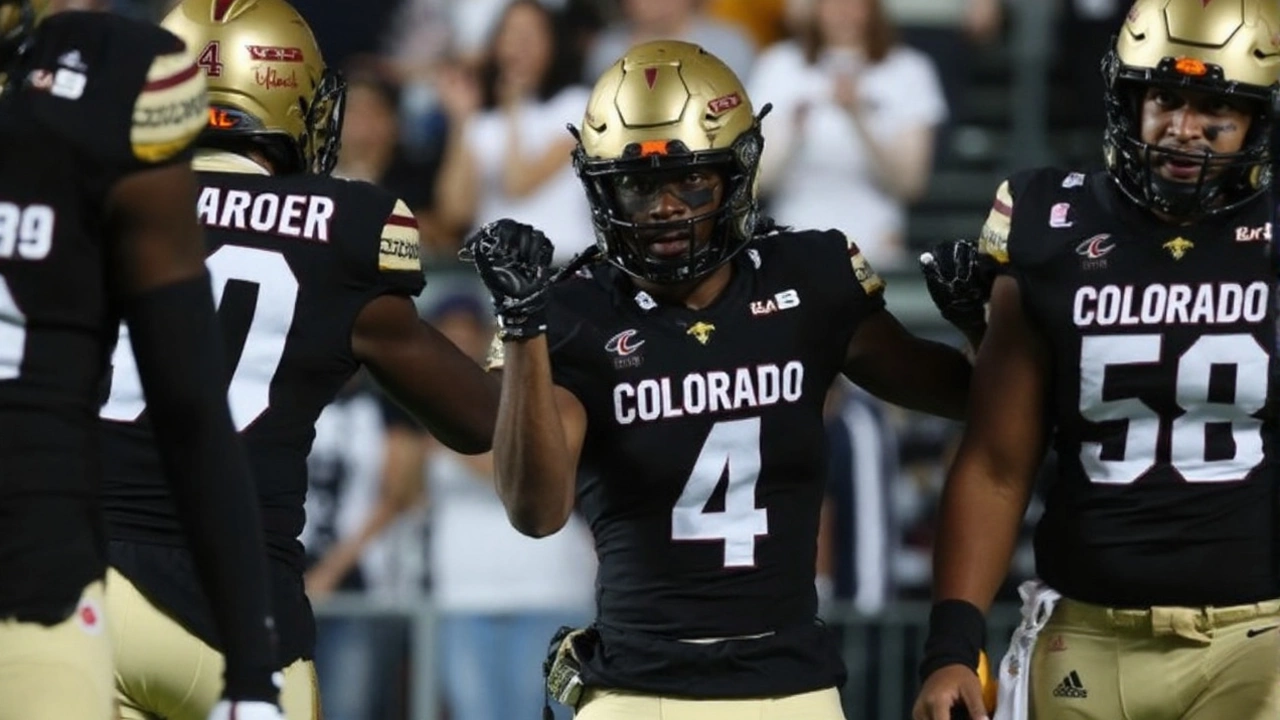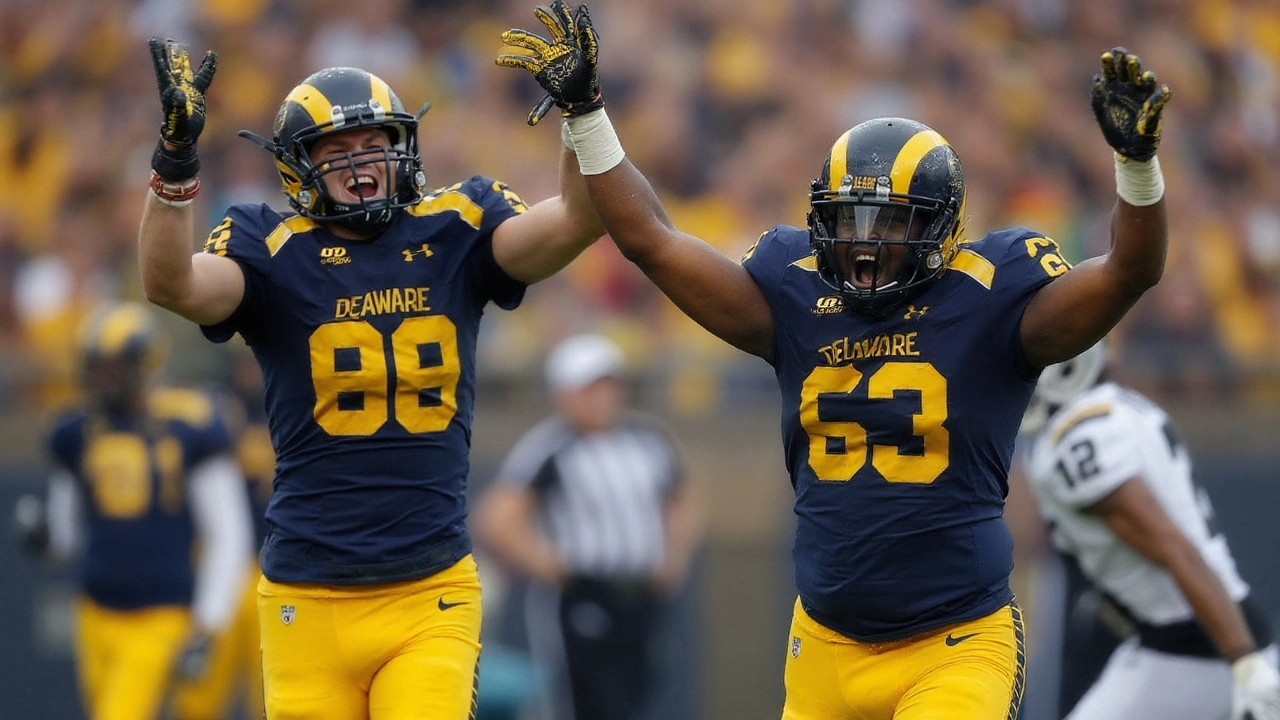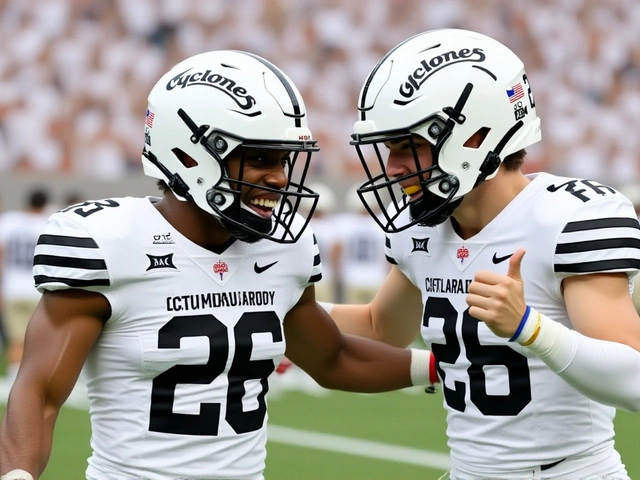
What actually happened in Week 2
Online chatter moved faster than the game plan. A claim popped up that Colorado took the field without its top receiver against Delaware. What the record shows is simple: Colorado vs Delaware ended 31–7, and the Buffaloes handled their business. Beyond that, the trail goes cold. The widely shared recaps and box-score summaries highlight the lopsided result and standout plays, but they don’t pin down any pregame roster drama for a headlining wideout.
Let’s draw a hard line between what’s clear and what’s speculative. The score confirms a comfortable win. Allowing seven points means the defense limited Delaware to one touchdown. That’s it. The rest—who played how many snaps at receiver, whether a leading target sat, and whether any late scratches changed the rotation—remains unconfirmed in the publicly circulating summaries.
Why the gap? College football doesn’t require an official injury report like the NFL. Teams have depth charts, but those are often labeled “unofficial.” Coaches keep things close to the vest for competitive reasons. A starter can be limited in practice, take warmups, and then sit. Or he can sit the first quarter and rotate in later. None of that has to be announced in a way that lives forever in a searchable report.
So where would a verified absence usually show up? On game day, you look for a few telltales: the school’s pregame availability notes, beat reporters’ warmup observations, the TV broadcast’s sideline updates, and postgame remarks from the head coach. As of now, the common summaries in circulation talk about the win and the highlights, but they don’t document a confirmed “top receiver out” moment ahead of kickoff.
It’s also worth remembering the opponent. Delaware is an FCS program. In these matchups, coaches sometimes trim snaps for stars, spread reps across the depth chart, and shut down anyone with a minor tweak once the scoreline looks safe. That’s not proof of an absence here—just a normal pattern across college football. A standout receiver might get limited targets not because he’s missing, but because the game doesn’t demand it.
- What we know: Colorado won 31–7, holding Delaware to a single touchdown.
- What the open-source recaps show: big-picture highlights and a comfortable margin.
- What’s unverified: any definitive, pregame-confirmed absence of Colorado’s top receiver.
- What’s typical in September: cautious snap management, especially versus an FCS opponent.
Put simply, the final score tells a straightforward story—control on defense, enough on offense, and a clean result. Everything beyond that needs sourcing that’s stronger than a passing mention. If that sourcing appears—say, a coach comment noting a precautionary sit or a documented pregame no-go—it’s a real update. Until then, it’s a rumor chasing a headline.

Why the ‘top receiver’ rumor spread
Two forces drive these game-day whispers. First, the sport’s info culture. College programs rarely lay out injuries in detail, and some won’t confirm much before kickoff. Second, our attention economy. Aggregators scrape posts, paraphrase them, and push quick content. A single line about a “top receiver” can snowball across social feeds without anyone pinning it to a verifiable source.
There’s also the way a lopsided game can mask usage. If the offense is balanced and spreading touches, the stat line for one player can look quiet even if he was available. A star wideout might play limited snaps, block in the run game, or simply not be targeted because the defense gave up easy yards elsewhere. Conversely, in a tight game, that same player could see 12 targets. Context matters as much as status.
How do you sanity-check a claim like this in real time? Start simple. Scan the school’s official channels an hour before kickoff. Look at beat reporters’ notes from warmups—they’ll usually flag anyone not in uniform or not going through drills. During the broadcast, the sideline reporter often confirms who’s unavailable. After the game, the head coach’s presser can clear up whether someone sat for precautionary reasons. If none of those sources mention a high-profile absence, treat the rumor cautiously.
Now, the football piece. Under Deion Sanders, Colorado’s offense is built to move the ball in multiple ways. Even if a featured wideout were to sit, the plan would pivot: more quick game, more tight end usage, more motion and backs in the flats, plus tempo to keep the chains moving. Against an FCS opponent, that’s usually enough to keep drives on schedule. The 31–7 result fits that pattern of control.
Defense deserves a nod here too. Holding anyone to seven points suggests good leverage on early downs, fewer busted coverages, and a decent day on third down. It also hints at clean special teams—no game-flipping returns allowed, no messy field-position giveaways. Those are the quiet factors that turn a potentially choppy afternoon into a routine win.
Could the “top receiver” chatter still turn out to be partly right—say, a ding, a snap count, or a coach’s precaution? Sure. That happens every September. But claims like that need receipts. Until a reliable source pins it down, the only solid takeaways are the score, the defensive ceiling it hints at, and the usefulness of early-season games for building depth.
Big picture, Colorado got what it needed: a comfortable Week 2 result, a chance to rotate personnel, and tape that coaches can use to clean up details before the schedule tightens. Whether a headline name was fully active, limited, or just not the focal point doesn’t change the scoreboard. If an official update surfaces, that’s news. If not, chalk this up as a lesson in how fast rumors travel—and how much they lag behind the facts.





